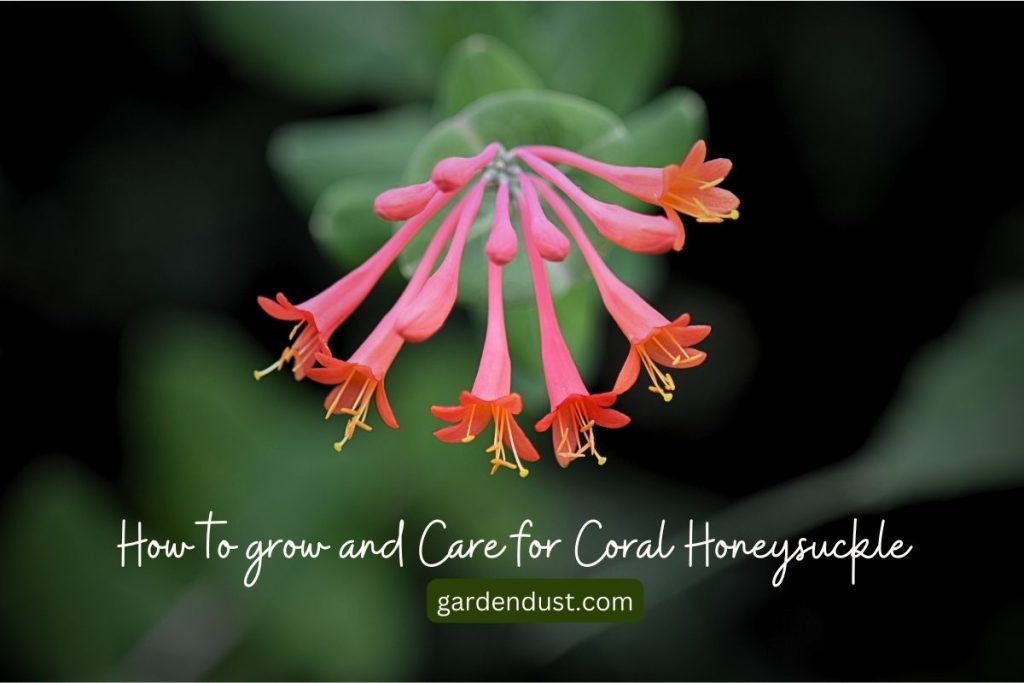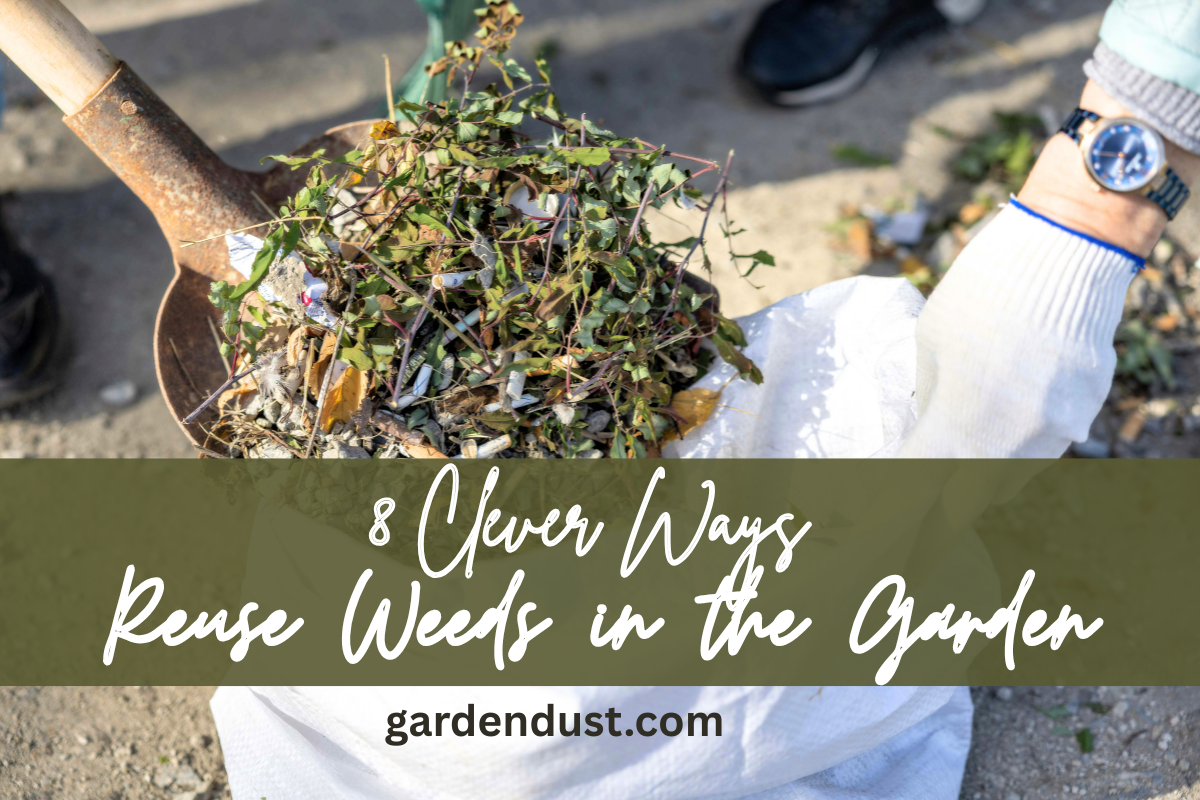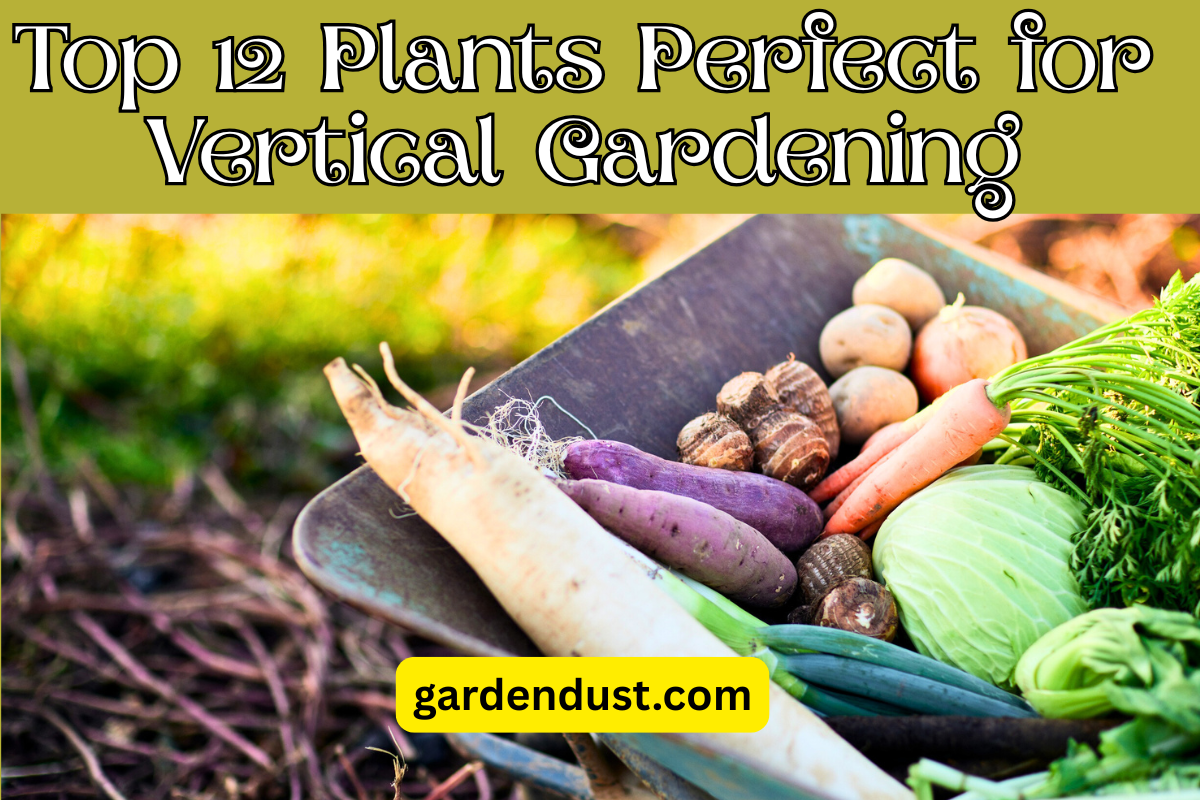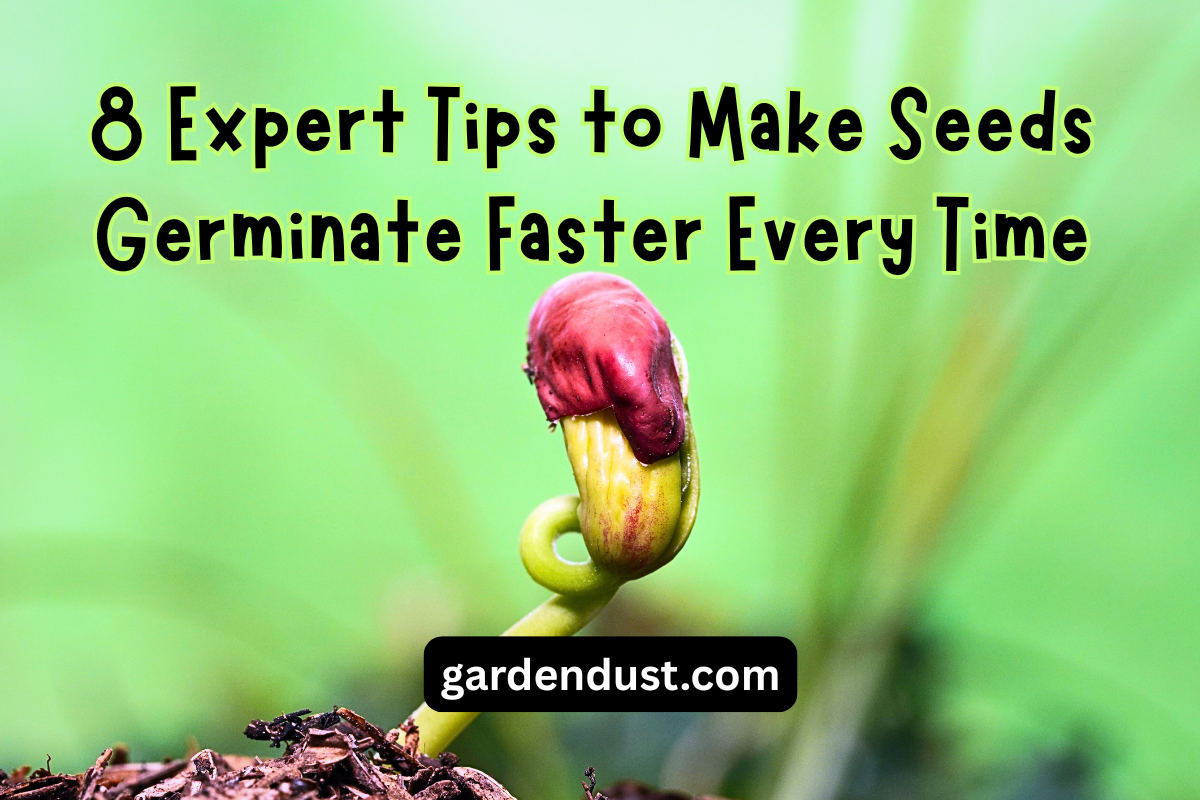If you’re looking to add a touch of vibrant color and a sweet fragrance to your garden, Coral Honeysuckle (Lonicera sempervirens) might be the perfect choice. This native North American vine is prized for its beautiful coral-colored blossoms, attractive foliage, and its ability to attract hummingbirds and butterflies. In this comprehensive guide, we will walk you through the process of How to grow and Care for Coral Honeysuckle (Lonicera sempervirens) successfully in your garden.
Plant Description: Coral Honeysuckle
Coral Honeysuckle (Lonicera sempervirens), also known as Trumpet Honeysuckle or Woodbine, is a captivating native North American vine that belongs to the honeysuckle family (Caprifoliaceae). Known for its stunning coral-colored blossoms and its ability to attract pollinators, this vine is a popular choice for gardens, arbors, and trellises. Here’s a detailed plant description of Coral Honeysuckle:
Growth Habit:
Coral Honeysuckle is a twining deciduous vine that can reach heights of 10 to 20 feet (3 to 6 meters) or more. Its growth pattern involves winding its slender stems around supports or adjacent vegetation, forming an intricate network of foliage and flowers.
Leaves:
The leaves of Coral Honeysuckle are opposite, meaning they grow in pairs along the stems. They are typically oval or lance-shaped, measuring around 2 to 3 inches (5 to 7.5 cm) in length. The leaves have a rich green color and a slightly glossy texture, contributing to the plant’s overall attractiveness.
Flowers:
Perhaps the most captivating feature of Coral Honeysuckle is its tubular, trumpet-shaped flowers. The blossoms are a vibrant shade of coral to orange-red, although variations in color can occur. Each flower measures about 1 to 2 inches (2.5 to 5 cm) in length and features five petal lobes that flare open, revealing the interior of the flower. The striking color and shape of the flowers make Coral Honeysuckle a true showstopper in any garden.
Fragrance:
Coral Honeysuckle is well-known for its delightful fragrance, which is particularly pronounced in the evening. The sweet scent of the flowers attracts not only humans but also hummingbirds and butterflies, adding to the plant’s charm and ecological value.
Bloom Time:
The blooming period for Coral Honeysuckle typically spans from late spring to early summer. However, in some regions, sporadic blooms can occur throughout the growing season. The plant tends to produce the highest number of flowers during its primary blooming period, creating a breathtaking display of color.
Fruit:
After the flowers fade, small clusters of berries begin to develop. These berries are initially green but mature into bright red, providing a striking contrast to the green foliage. While the berries are not typically consumed by humans, they serve as a food source for various bird species.
Wildlife Attraction:
Coral Honeysuckle is highly valued for its ability to attract and support wildlife. The tubular flowers are tailored to the feeding habits of hummingbirds, which can easily access the nectar using their long bills. Additionally, butterflies and bees are frequent visitors to the nectar-rich blooms.
Grow And Care Guidelines-
Planting:
Spring and fall are the best seasons for planting Coral Honeysuckle. Follow these steps for successful planting:
- Dig a hole that’s twice the size of the root ball. Amend the soil with compost to improve drainage and fertility.
- Place the root ball in the hole at the same level it was growing in the nursery container. Backfill the hole with soil and gently tamp it down.
- Give the newly planted vine a thorough watering to settle the soil and ensure good root-to-soil contact.
Watering and Moisture:
Coral Honeysuckle prefers consistently moist soil but not waterlogged conditions. Water deeply once a week, especially during dry spells. Applying mulch around the base of the plant helps retain moisture and prevents weed growth. Always check the soil’s moisture level before watering, as overly wet conditions can lead to root issues.
Pruning:
Regular pruning is essential to maintain the shape and health of your Coral Honeysuckle vine. Prune in late winter or early spring before new growth begins. Remove any dead or diseased wood, and trim back overly long or straggly growth. This vine blooms on new growth, so pruning encourages more blossoms. Additionally, you can prune lightly after the main blooming period to promote a bushier, more compact form.
Fertilizing:
Feed your Coral Honeysuckle once a year in early spring with a balanced, slow-release fertilizer. Avoid excessive nitrogen, as it can lead to excessive foliage growth at the expense of flowers. Follow the manufacturer’s instructions for application rates.
Support and Training:
Coral Honeysuckle is a twining vine, which means it naturally wraps around supports as it grows. Provide a trellis, arbor, or other structure for the vine to climb. You might need to gently guide the young shoots initially until they start wrapping around the support on their own.
Pests and Diseases:
Coral Honeysuckle is relatively resistant to pests and diseases, but it’s still important to keep an eye out for common issues like aphids and powdery mildew. Regularly inspect the leaves and stems for any signs of trouble. If you notice pests or diseases, treat them promptly with appropriate methods such as insecticidal soap or neem oil.
READ ALSO:-How To Grow And Care For Fairy Duster (Calliandra Eriophylla)
How To Grow And Care For African Daisy
Winter Care:
Coral Honeysuckle is a semi-evergreen plant, meaning it retains some of its foliage during the winter. In colder climates, the foliage might drop, but the plant usually resprouts in the spring. Applying a layer of mulch around the base of the plant in the fall helps protect the roots from freezing temperatures.
Versatility:
Beyond its aesthetic appeal and wildlife benefits, Coral Honeysuckle is also versatile in its uses. It can be grown along fences, trellises, arbors, or other structures, providing vertical interest and a splash of color. Its twining growth habit makes it an excellent choice for covering unsightly fences or adding privacy to outdoor spaces.
Propagation of Coral Honeysuckle –
Coral Honeysuckle (Lonicera sempervirens) is a beautiful and desirable vine that can be propagated through several methods. Whether you want to expand your collection, share the plant with others, or simply create more of this stunning vine, here are the key methods for propagating Coral Honeysuckle:
1. Softwood Cuttings:
Softwood cuttings are a reliable way to propagate Coral Honeysuckle during its active growing season, which is usually in early summer. Follow these steps:
- Select healthy, non-flowering stems from the parent plant. Choose soft, flexible growth at the tips of the stems.
- Using clean, sharp pruning shears, take cuttings that are around 4 to 6 inches (10 to 15 cm) in length. Remove any leaves from the lower two-thirds of the cutting.
- Dip the cut end of each cutting in a rooting hormone powder to encourage root growth. Plant the cuttings in a well-draining rooting medium, such as a mix of perlite and peat moss.
- Insert the cuttings about an inch (2.5 cm) deep into the rooting medium. You can place multiple cuttings in a single container, but ensure they don’t touch each other.
- Cover the container with a clear plastic bag or a propagation dome to create a humid environment. Place the container in a location with bright, indirect light.
- Check the cuttings regularly for root development. Once roots are well-established (usually in a few weeks), you can transplant the rooted cuttings into individual pots.
2. Layering:
Layering involves encouraging a stem to root while it’s still attached to the parent plant. This method is often done in late summer or early fall:
- Identify a healthy, flexible stem on the parent plant that can be bent down to ground level without breaking.
- Create a small wound on the underside of the stem where it will make contact with the soil. This can be done by gently scraping the bark or making a shallow cut.
- Bury the wounded section of the stem in the soil, leaving a few inches exposed above ground. You can use a small stake to keep the buried section in place.
- Over time, the buried section of the stem should develop roots. You can periodically check by gently uncovering the buried portion to observe root growth.
- Once the layered stem has developed sufficient roots, you can carefully cut it from the parent plant and transplant it into its own container or directly into the ground.
3. Division:
Division is a method that can be used to propagate mature Coral Honeysuckle plants. This is best done in early spring before new growth begins:
- Carefully dig up the mature Coral Honeysuckle plant, taking care not to damage the roots.
- Gently separate the plant into smaller sections, ensuring that each section has healthy roots and shoots.
- Plant the divided sections in their new locations, ensuring that the soil is well-draining and the plants are watered thoroughly after planting.
4. Seed Propagation:
While possible, Coral Honeysuckle is often less commonly propagated from seeds due to variations in seed germination and the availability of more reliable methods like cuttings and layering. If you decide to propagate from seeds:
- Collect seeds from ripe Coral Honeysuckle berries in the fall. Remove the pulp from the seeds and rinse them.
- Many experts recommend stratifying the seeds by placing them in a plastic bag with a moistened paper towel and storing them in the refrigerator for a few weeks. This helps break seed dormancy.
- After stratification, sow the seeds in pots or trays filled with a well-draining potting mix. Plant the seeds at a shallow depth, covering them with a thin layer of soil.
- Keep the soil consistently moist and provide bright, indirect light. Germination can take several weeks to a few months. Once the seedlings are large enough to handle, they can be transplanted into individual pots.
Planting Coral Honeysuckle in a Pot:
Planting Coral Honeysuckle (Lonicera sempervirens) in a pot is a wonderful way to enjoy its vibrant blossoms and sweet fragrance in a confined space. Choose a large container with good drainage and fill it with a well-draining potting mix. Place the pot in a location that receives at least 6 hours of sunlight daily. Gently remove the plant from its nursery container, ensuring not to disturb the roots, and place it in the center of the pot. Backfill with soil, leaving about an inch of space from the rim. Water thoroughly after planting, and consider providing a trellis or support for the vine to climb. Regular watering, occasional fertilization, and proper pruning will help you create a thriving Coral Honeysuckle in a pot, adding beauty and nature’s charm to your patio or balcony.
Coral Honeysuckle (Lonicera sempervirens) is a captivating and versatile vine that enhances gardens and outdoor spaces with its vibrant coral-colored flowers, sweet fragrance, and ecological value. Its ability to attract hummingbirds, butterflies, and other pollinators adds to its appeal, making it a popular choice among gardeners looking to create a lively and inviting landscape. Whether adorning trellises, climbing walls, or adding beauty to natural habitats, Coral Honeysuckle is sure to be a standout feature in any setting. Happy Gardening….






